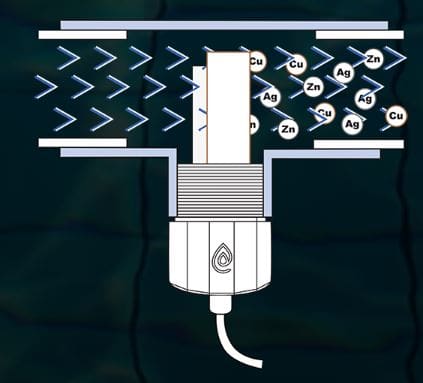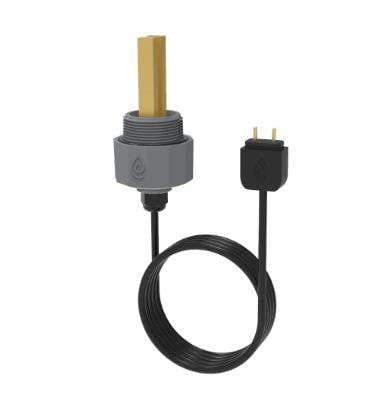The Ionization Process
- Ion Generation: Pool ionizers typically have a metal electrode, usually made of copper and silver, through which an electrical current passes. This current causes the electrodes to release positive metal ions into the water.
- Ions in Action: Once released, the copper and silver ions disperse throughout the pool water. Copper ions are particularly effective in controlling algae growth, while silver ions are known for their antibacterial properties. Together, they help maintain a balanced and healthy swimming environment.
- Water Treatment: The ions act upon microorganisms, bacteria, and algae in the pool water, disrupting their cellular functions and ultimately leading to their destruction. This significantly reduces the need for high levels of chlorine or other chemical sanitizers.
- Continuous Ionization: Many ionizers work continuously or at regular intervals, ensuring that there is a consistent supply of ions in the pool. This ongoing treatment helps keep the water clear and reduces the potential for algae growth and bacteria proliferation.
Benefits of Pool Ionizers
- Reduced Chemical Use: One of the main advantages of using a pool ionizer is the reduced reliance on traditional chemicals. This can lead to cost savings and a more environmentally friendly pool maintenance solution.
- Less Skin and Eye Irritation: Since ionized pools use fewer harsh chemicals, swimmers often experience less skin and eye irritation, making for a more enjoyable swimming experience.
- Algae Prevention: The copper ions in the pool effectively inhibit algae growth, keeping the water clear and preventing the need for frequent cleaning or shock treatments.
- Longer Equipment Life: Ionization can reduce the wear and tear on pool equipment caused by harsh chemicals, potentially extending the lifespan of pumps, filters, and heaters.
NOTE: Mineral cell may need to be replace 6 to 12 months.








Reviews
There are no reviews yet.